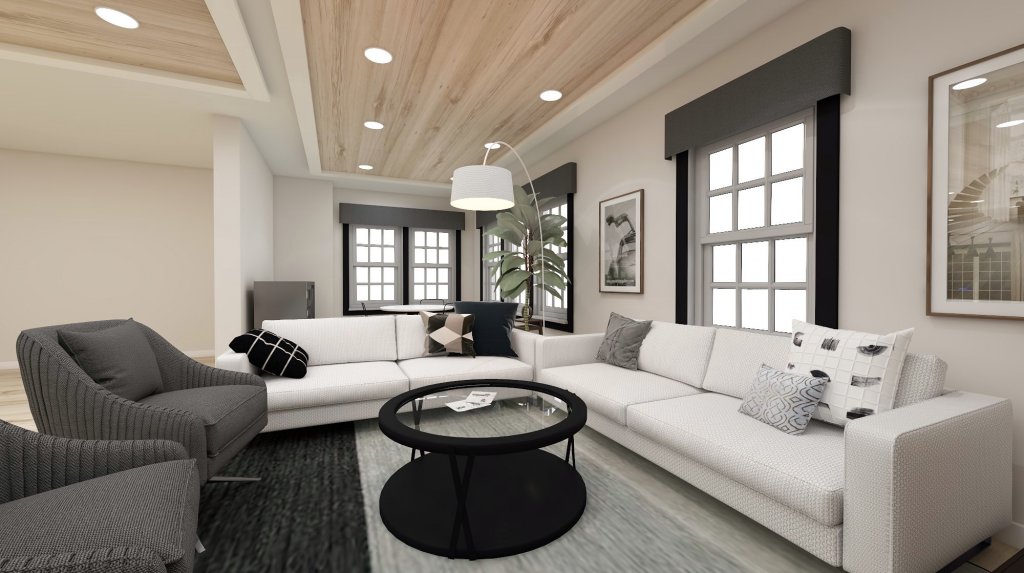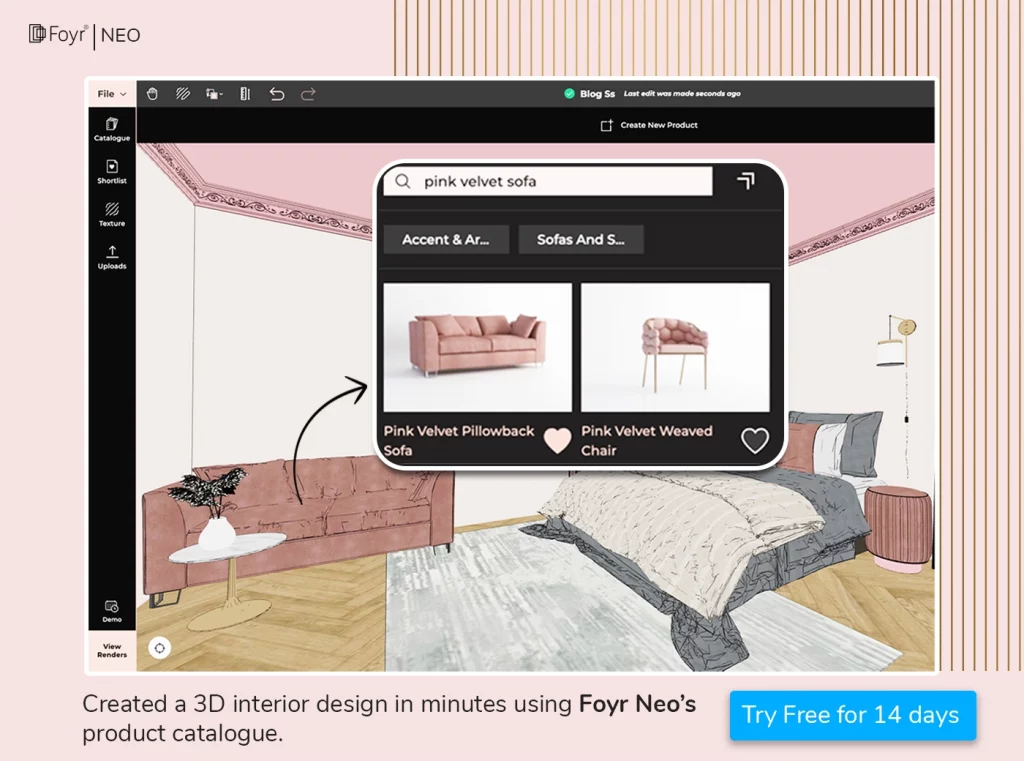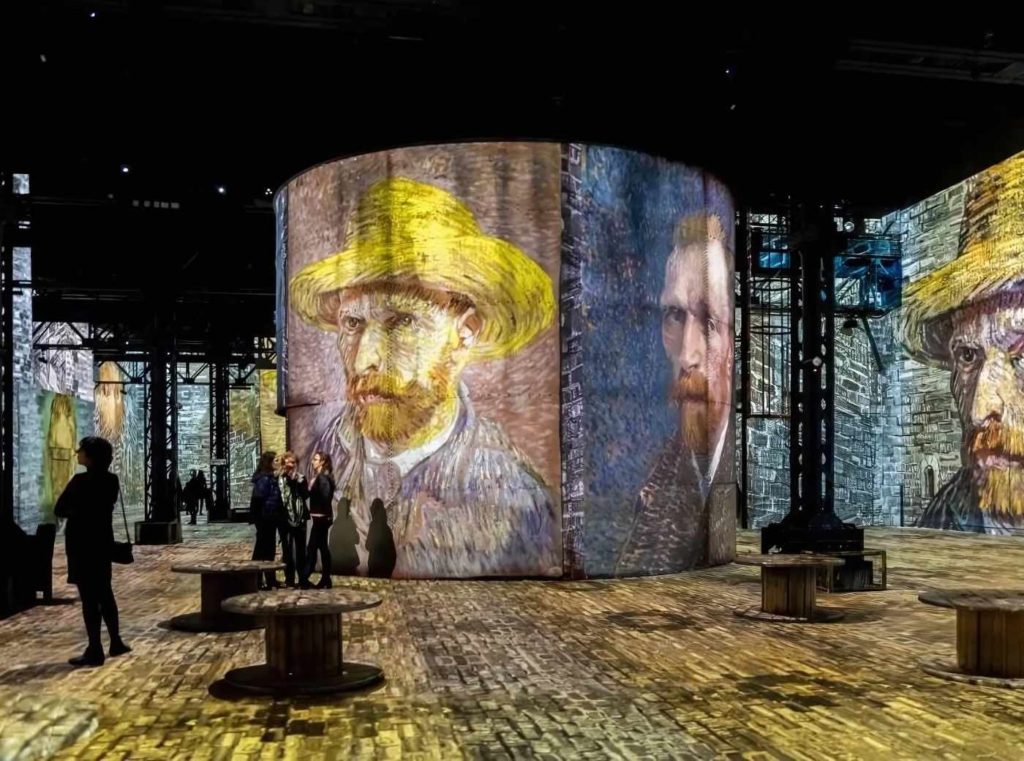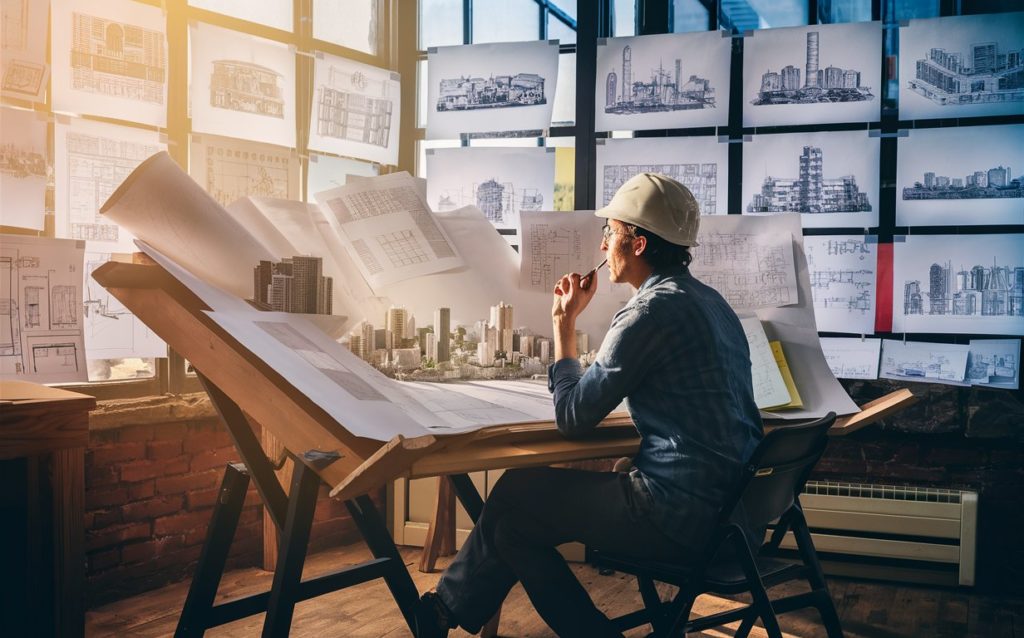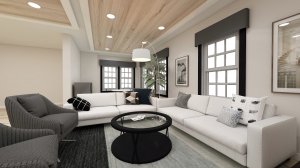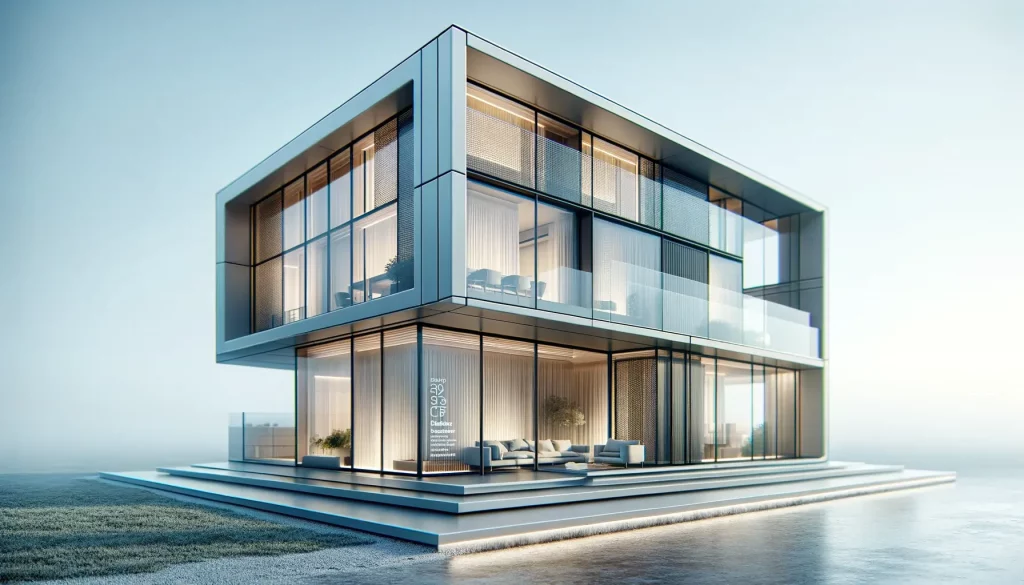If you are out there looking to buy a home and are shown two options – one that is dead empty and emanates a sense of bewilderment. The other option exudes a sense of tranquility, and the setting seems like a family lives there.
Which one would you choose? In most cases, you would choose the second option, and homesellers are fast understanding and adapting to the potential buyer’s preferences. They realize that first impressions play a key role in real estate. So, they have started using AI-powered tools to stage the property they want to sell virtually.
If you want to learn how to do virtual home staging or have yet to know what the concept means, we have created a definitive guide to help you ace it in 2023 and beyond. By the end of it, you would be surprised at how easy it is to implement and may also feel a bit silly as to why you had never done it this way. Let’s get going.
A Brief Overview of Virtual Home Staging
Home staging is a concept that has been around since the 1970s. But we have realized that many realtors haven’t heard of it. So, before we delve deep into the virtual house staging guide, we would like to discuss the term ‘virtual home staging’ briefly.
Virtual home staging or virtual staging refers to the process of personalizing an on-sale property to suit the target market’s preferences. It means placing the furniture and decor items in a manner that highlights the property’s best features to make it more sell-able and demand a higher price.
In the past, real estate agents used to set up the property physically, but they have realized that the process costs a lot of time and money. So, modern-day realtors have moved past traditional staging and have embraced the concept of virtual home staging as a marketing tool for showcasing the property’s full potential.
Virtual home staging saves time and resources and presents an endless world of home design possibilities. Realtors are now using it to convert vacant properties into something the target market can be termed ‘inviting’ via software and technology.
How to do virtual home staging? Here are the steps –
Preparing Your Property for Virtual Staging
A study by the National Association of Realtors found that 81% of home buyers’ agents quoted that a staged home made it easier for them to make a purchase decision. So, how do you plan a virtual home staging for your property?
The first step is to have a clean slate, i.e., get the property deep cleaned and in shape. Your target audience can be any, and their preferences can vary, but not many will buy a home that looks untidy and unwelcoming. Remove every item that you feel that is unnecessary for virtual staging.
Then, move on to the next stage, where you are ready to get your property photographed. Only a professional photographer can get the angles right and make the property look more spacious and attractive.
Remember to get the measurements and floor plan right from the word go. It would allow you to see the bigger picture and create a more realistic virtual staging portfolio for your property. We suggest hiring an industry expert to understand your home’s measurements accurately.
Also, read – 10 Best Gallery Wall Ideas To Design Your Blank Walls
Choosing Virtual Staging Software
Given the vast number of options available when choosing a virtual staging software, how do you choose the most feasible one for your needs? Foyr Neo, a leading virtual staging platform, offers a free 14-day trial so that you can explore the AI-driven prowess for impeccable home staging.
Here’s why users should use Foyr Neo for their staging needs –
- It gives you access to its library of over 50,000 render-ready 3D models to convert empty rooms into dashing spaces within a few minutes.
- Leverage the power of AI-assisted floor planning to perform complex operations like finding the appropriate lighting for a given setting.
- It comes equipped with a powerful cloud rendering engine to prove professional-grade home staging renders within minutes.
Virtual Staging vs. Traditional Home Staging
Traditional (physical) staging is time-consuming and costly, whereas, virtual staging costs just 10% of traditional one, as per a report by HomeAdvisor. With virtual staging, you offload many of these responsibilities (and therefore curtail the costs involved) to software. It allows you to complete the entire process at a fraction of the cost. Also, since you do not have to move the hardware every single time physically, you are saving a lot of time and effort otherwise spent on traditional staging.
Another vital reason to choose virtual staging over its traditional counterpart is its flexibility. Instead of moving that sofa from one corner of your living space to another only to push it back into its original place, you can simply drag and drop items in virtual design software. Further, an in-built library ensures that you have endless options to make a property more desirable to potential buyers.
Virtual staging is more comfortable for a buyer, too. Instead of having to visit many properties in person before finding their dream home, they can access virtual staged properties sitting in the comfort of their home. This way, they get more time to spend pondering about a property and ultimately make a more informed decision.
Virtual Home Staging has gained immense popularity in recent years, especially in 2023, as it offers a cost-effective and efficient way to transform spaces digitally.
Virtual Staging Process
The foundation of virtual staging lies in selecting the right images. High-quality, well-lit photos with a wide-angle view are ideal. Ensure they showcase the property’s best features and capture the essence of each room.
Selecting the appropriate furniture and decor is another key element for virtual staging. Consider the property’s target audience and purpose. For example, for a family-oriented space, opt for cozy, family-friendly furniture, while for a bachelor’s pad, opting for sleek and modern pieces would be a better fit.
Virtually arranging furniture can be likened to solving a design puzzle. You can consider starting with the focal point and working around it. Maintain balance and flow in the room, ensuring ample space for movement. Remember to pay attention to the scale and proportions of furniture to create an inviting and functional layout.
Also, read – 6 Best Home Design Apps for House Interior Design in 2023
Realism and Aesthetics
Realism helps the onlooker connect better with the setting, increasing your chances of closing the deal. Ensure that digital staging seamlessly blends with the actual space. An underrated tip is to adjust lighting and shadows to mimic natural lighting conditions. Also, avoid overly saturated colors or extreme contrasts that make the staging appear artificial.
While designing a realistic home staging experience, pay extra attention to ensure a cohesive design theme throughout the property. Colors, styles, and textures should harmonize from room to room, creating a unified look. This consistency helps potential buyers or renters envision a coherent living experience with ease.
Each room should exude a specific ambiance. Whether it’s a tranquil bedroom, a vibrant living room, or a functional kitchen, pay attention to details that create the desired atmosphere. Consider factors like color schemes, lighting fixtures, and decorative elements that contribute to the overall mood of the space and create a unique experience for every part of your property.
Read also – 25 Space Saving Furniture Ideas for Your Small Homes
Showcasing Different Design Styles
Physical staging only gives you a limited range to showcase versatility. With virtual staging solutions, you can make your online listing more versatile by displaying different design styles in your virtual house.
Virtual staging offers a world of possibilities. Here are some examples for you to draw inspiration to design your vacant homes better virtually –
Modern and Minimalist
For those with a penchant for clean lines and simplicity, modern and minimalist virtual staging is the way to go. Utilize sleek furniture, neutral colors, and uncluttered spaces. Highlight minimalist aesthetics by removing unnecessary elements.
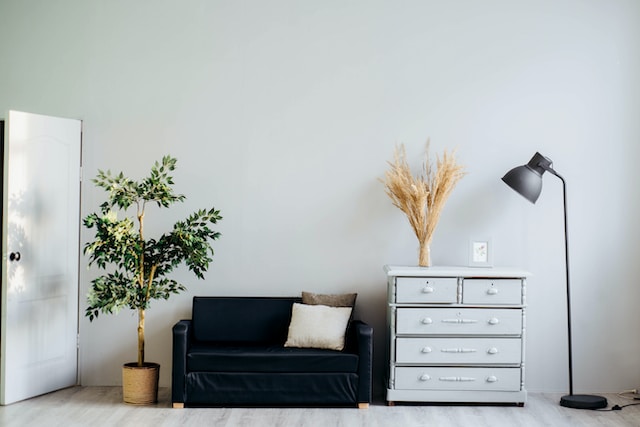
Traditional and Classic
In contrast, traditional virtual staging appeals to those who appreciate timeless elegance. Incorporate classic furniture pieces, rich colors, and ornate details. Traditional design can evoke a sense of warmth and sophistication.
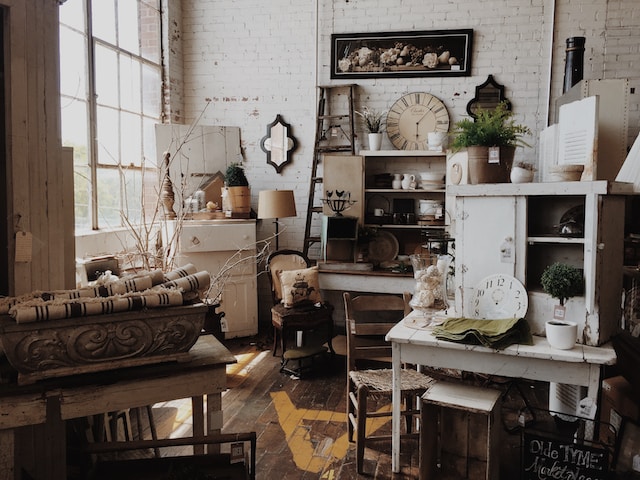
Eclectic and Bohemian
Feeling a little adventurous? Dive into the world of eclectic and bohemian staging. It is your chance to blend styles, colors, and textures. Mix and match like there’s no tomorrow. It’s all about creating an environment that’s as unique as you are.
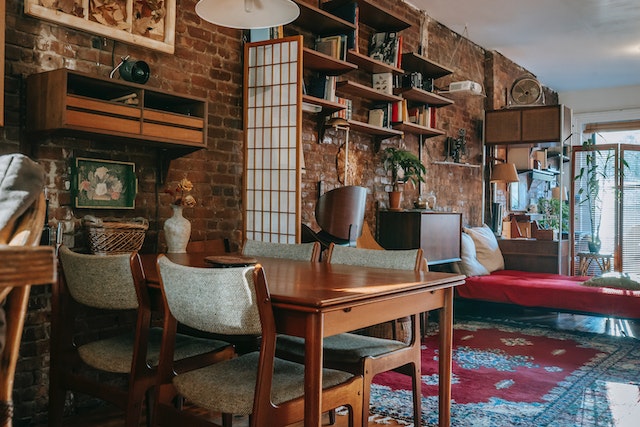
Foyr Neo: A Virtual Staging Powerhouse
Virtual home staging is rapidly becoming a crucial marketing tool for real estate professionals. What got escalated by the pandemic is now seen as the first choice, and software like Foyr Neo can be a perfect partner for you to turn empty spaces into real estate marvels. Design and visualize different staging options within minutes, or use its AI and ML prowess to hover through several design options for your home.
One of the biggest benefits of virtual staging services or software is customization. Foyr Neo offers a series of customization options that lets you fiddle with thoughts, ideas, colors, and schemes and create the desired final result. From removing backgrounds to adding branded furniture, the options are endless.
Your agents play a key role in getting your property sold. How about collaborating with them to create better designs? Home stagers can now share the stage with their agents and create designs collaboratively. Foyr Neo uses cloud storage for all its designs, enabling you to share it with your agents seamlessly. Get feedback in real time and make changes as per your agents’ suggestions to create a terrific design within minutes.
Conclusion: Elevate Your Property’s Appeal with Virtual Staging
Virtual home staging has become an indispensable tool for real estate professionals, interior designers, and homeowners. It lets them showcase their properties in the most appealing light. You can effectively transform spaces into inviting, visually captivating environments by mastering the selection of images, furniture arrangement, realism, consistency, and diverse design styles.
Having capable home staging software can be crucial in finding the right customer for your home deal. The software is highly collaborative and offers a world of customization to let you create the final product that you deem more appealing.
Click here to get a free 14-day trial of Foyr Neo.
FAQs
Photoshop is a photo editing software primarily and lacks rendering capabilities. So, most virtual staging companies rely on specialized software like Foyr Neo to accomplish virtual staging tasks. It allows them to deliver projects with a quick turnaround time and keep the virtual staging cost within the client’s budget.
Technology has taken massive strides in the last few years, and its development today allows you to undertake virtual staging literally from anywhere. You can even use modern-day smartphones for photo editing and virtual staging work.
Yes, a handful of apps let you create impeccable staging designs within minutes. Foyr Neo is one of the best options and comes with a limited learning curve to ensure even those not well acquainted with technology can easily use it.
The real estate industry is trying to keep up with the advent of technology and the changing demands of homebuyers. So, realtors today use software to transform their properties virtually.
In virtual staging, you only use software to review decor, lighting, and staging furniture to perfect the overall look of your property. Rendering is a much more tedious and complex task and involves several layers of additional complexities.


